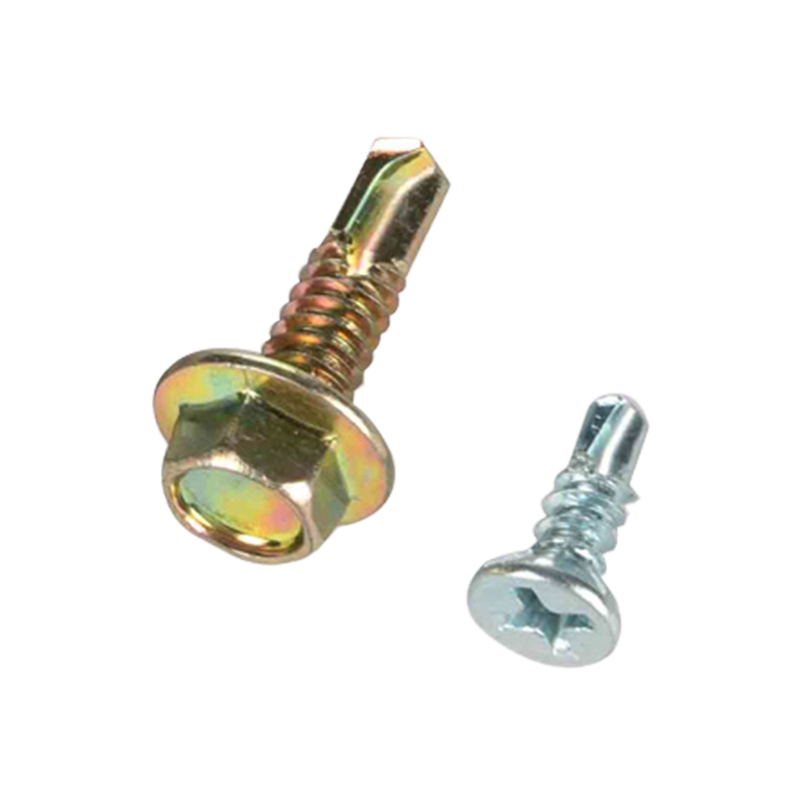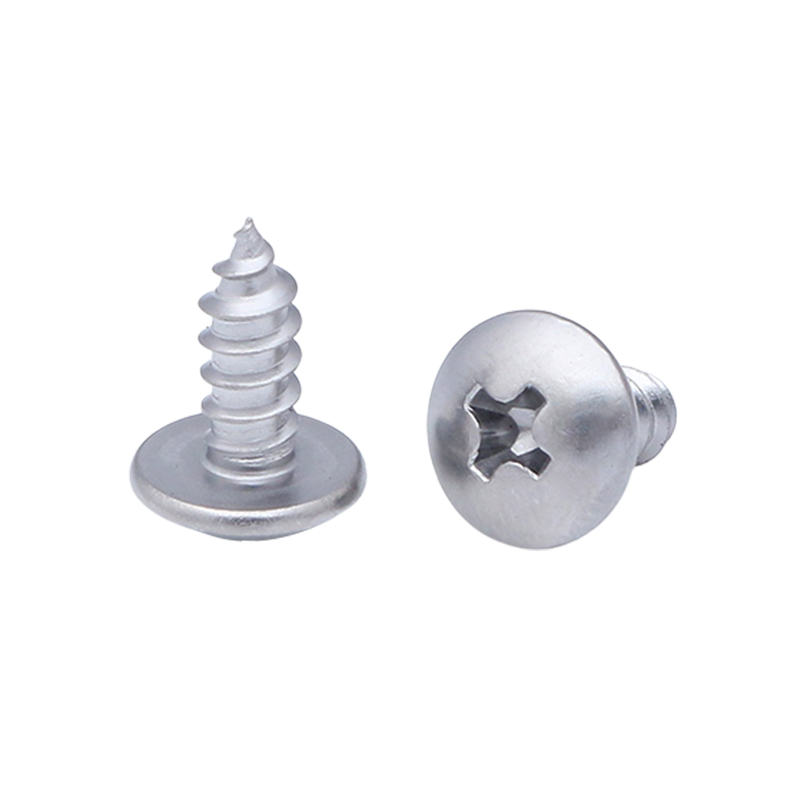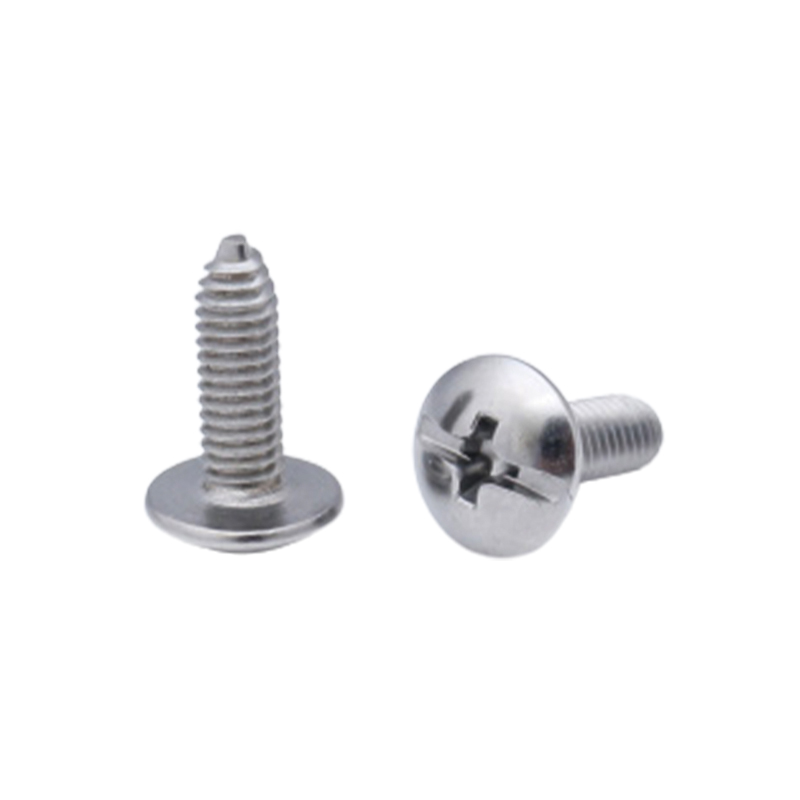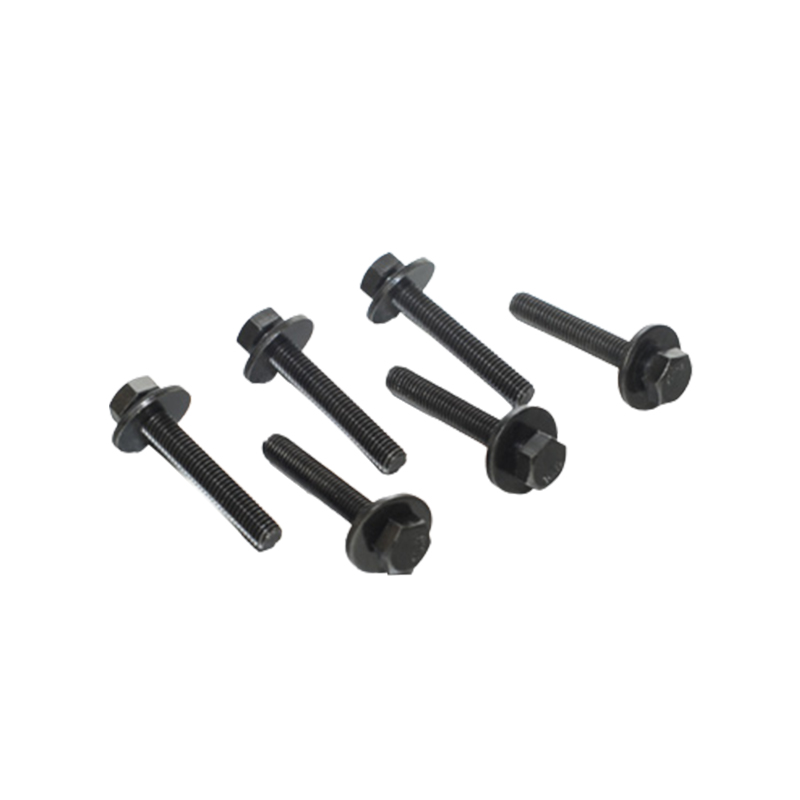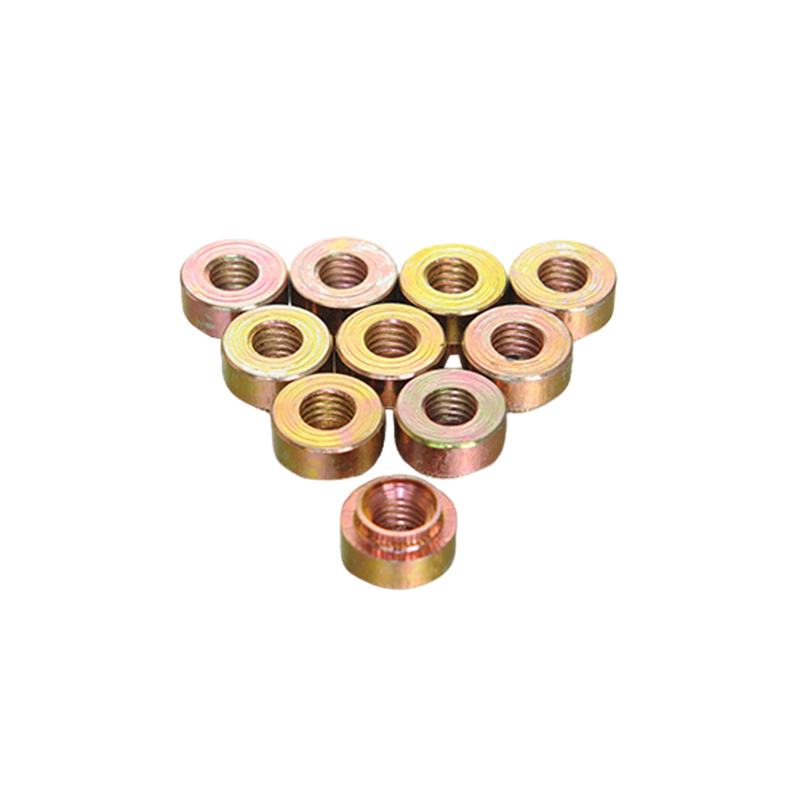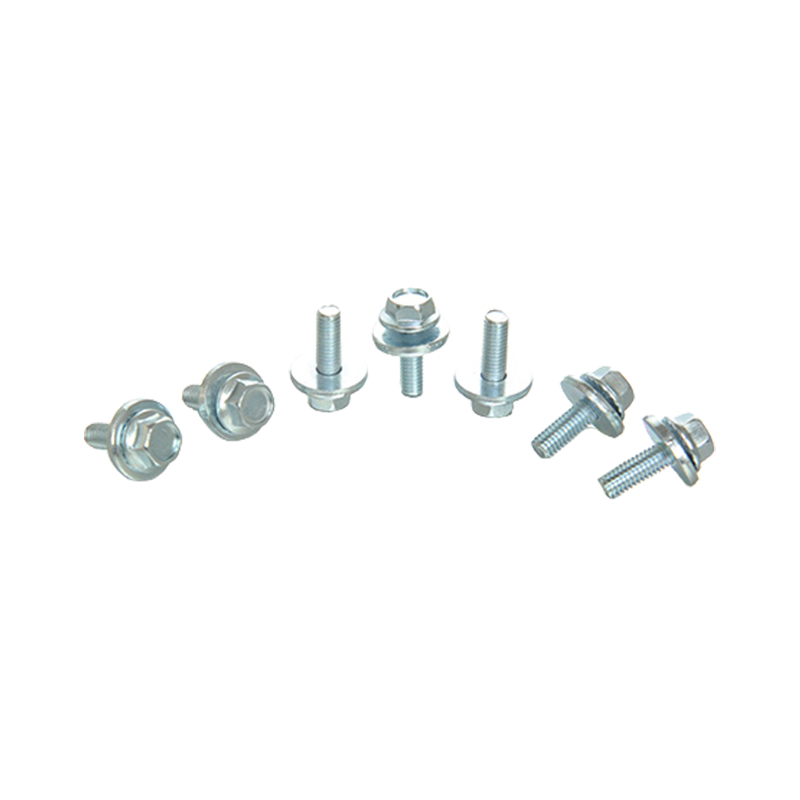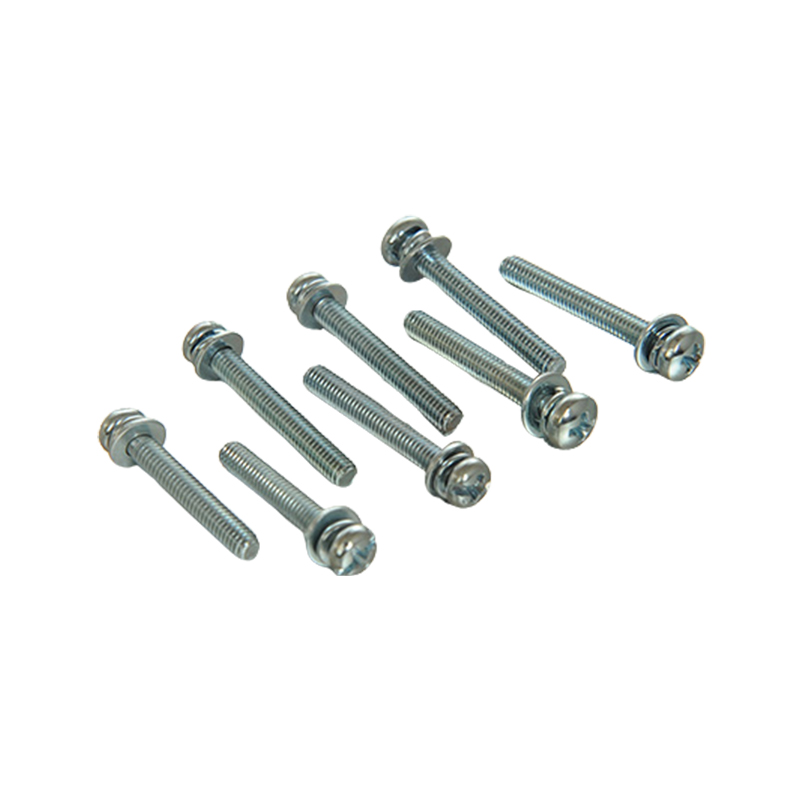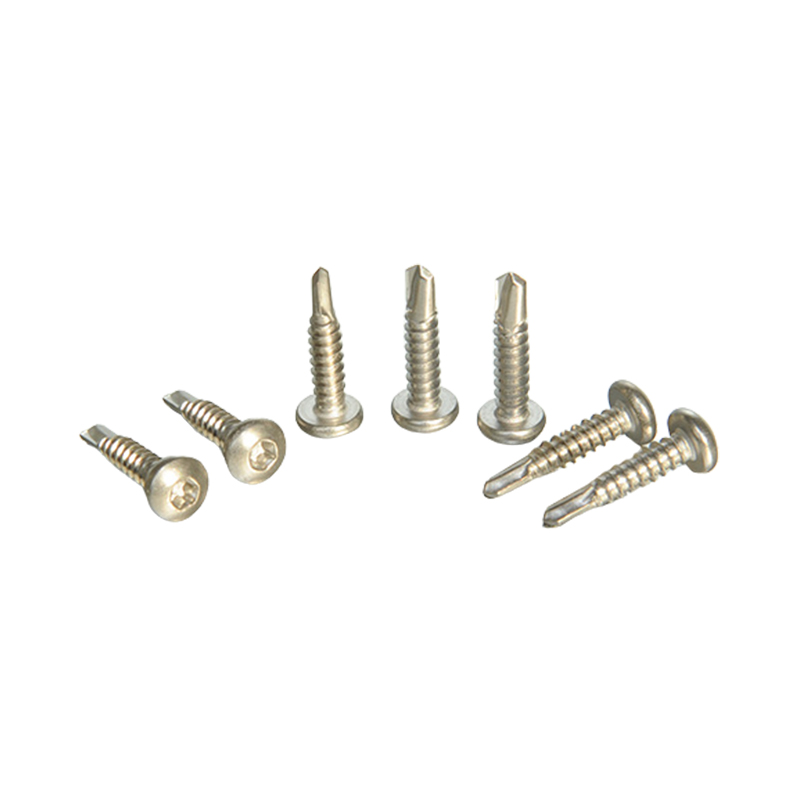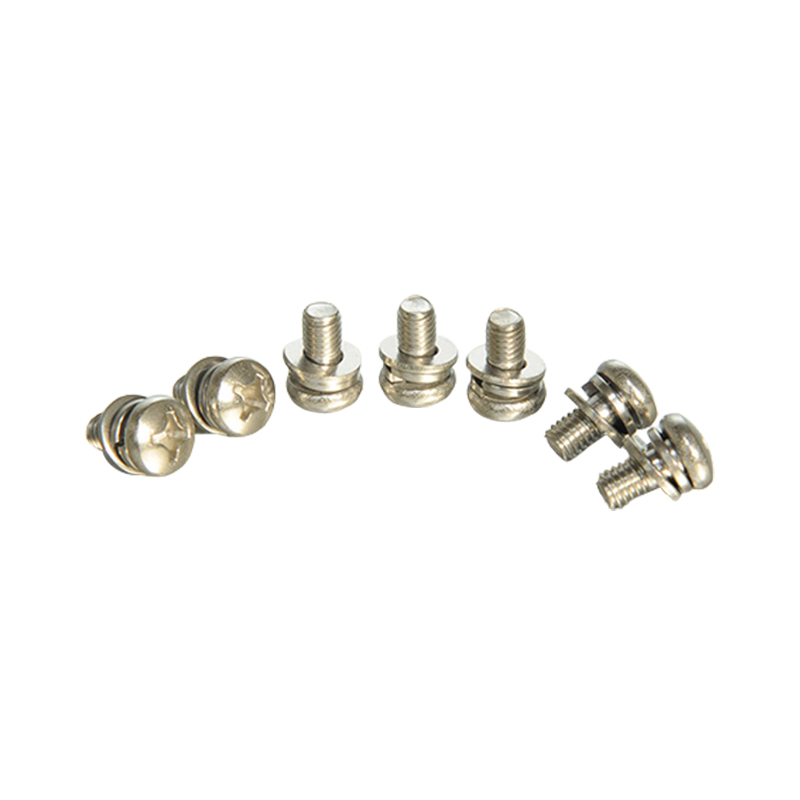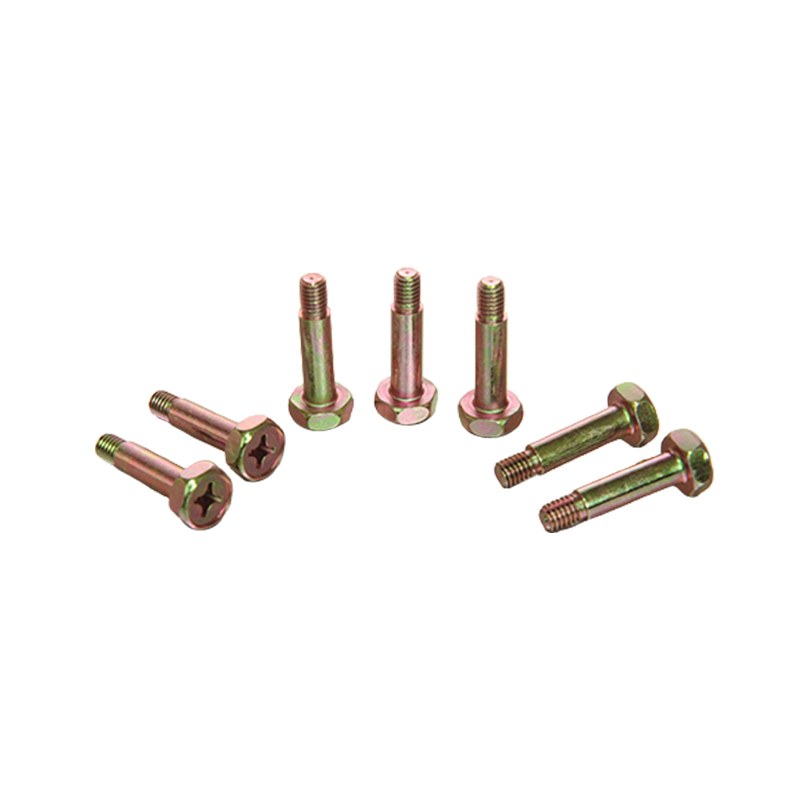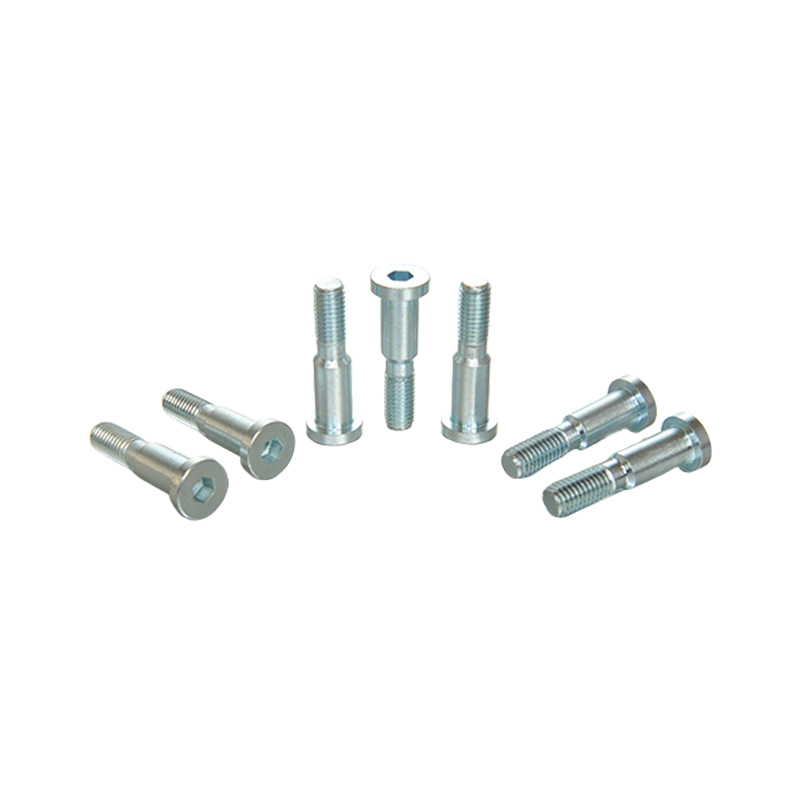Introduction to Triangle Screws
Triangle screws are a specialized type of fastener designed with a triangular recess or triangular head instead of conventional slot or cross configurations. They are primarily used in applications where tamper resistance is required, such as in public facilities, consumer electronics, and children’s products. Due to their unique geometry, they require specific tools for installation and removal. As with any fastener, their long-term performance depends on material choice, application environment, and the stresses to which they are subjected. When exposed to high-intensity use, questions often arise regarding their resistance to wear, deformation, or damage over time.
Material Composition and Its Role in Wear Resistance
The material of triangle screws plays a fundamental role in determining their durability under heavy usage. Common materials include carbon steel, stainless steel, and alloy steels, sometimes enhanced with coatings such as zinc plating or anodizing to improve surface hardness and corrosion resistance. For applications under significant torque or vibration, higher-strength alloys are often chosen. Softer metals or untreated steels may show early signs of wear, particularly in the triangular recess where driver bits apply concentrated force. Therefore, material quality and heat treatment are critical for performance.
| Material Type | Typical Applications | Wear Resistance | Corrosion Resistance |
|---|---|---|---|
| Carbon Steel | General consumer goods | Medium | Low |
| Stainless Steel | Outdoor and humid conditions | High | High |
| Alloy Steel | Heavy-duty industrial use | High | Medium |
| Zinc-Plated Steel | Cost-effective applications | Medium | Improved |
Mechanical Stress in High-Intensity Applications
High-intensity use refers to repeated tightening, loosening, or exposure to significant torque and vibration. Triangle screws, because of their triangular drive profile, distribute mechanical stress differently than traditional screw heads. The concentrated points of contact between the triangular driver and the recess can lead to localized stress, causing rounding or deformation if excessive torque is applied. Over time, this mechanical stress can result in reduced engagement between the screw and tool, increasing the risk of slippage.
Surface Treatments and Their Impact on Durability
Surface treatments can extend the service life of triangle screws, particularly when they are exposed to harsh environmental conditions. Plating, galvanizing, and anodizing can reduce susceptibility to surface abrasion and corrosion. A screw without protective coating may wear faster when repeatedly engaged with a driver tool, especially if exposed to dust or abrasive particles that act as micro-grinding agents. Treatments such as black oxide may enhance hardness while also providing aesthetic benefits, but they require maintenance to remain effective in high-intensity scenarios.
| Surface Treatment | Advantages | Limitations |
|---|---|---|
| Zinc Plating | Cost-effective, improves corrosion | Limited wear resistance |
| Anodizing (Aluminum) | Enhances surface hardness | Limited to non-steel applications |
| Black Oxide | Increases hardness slightly | Requires oil to prevent corrosion |
| Nickel Plating | Improves both wear and corrosion | Higher cost |
Wear in the Triangular Recess Area
One of the most common wear points in triangle screws is the triangular recess itself. Since the driver engages in three distinct points, repeated use under heavy torque may cause rounding of the edges. This wear reduces the screw’s tamper-resistance because tools may slip more easily, or improvised drivers may begin to fit into the recess. Additionally, worn recesses can slow down maintenance tasks, as technicians must exert more effort to ensure proper engagement. Prevention strategies include using precision-manufactured driver tools and avoiding over-tightening.
Environmental Factors Affecting Wear and Damage
Environmental conditions play an important role in the long-term performance of triangle screws. High humidity may promote corrosion, while dusty or sandy environments may accelerate surface abrasion. In outdoor or industrial applications, exposure to moisture, temperature fluctuations, or chemicals can weaken protective coatings and encourage micro-cracks. In turn, these environmental stressors may shorten the screw’s effective lifespan. In contrast, controlled indoor environments generally present fewer risks to wear and corrosion, allowing screws to maintain integrity for longer periods.
Testing Methods for Wear and Durability
To determine how triangle screws respond under high-intensity use, manufacturers often employ a series of mechanical and environmental tests. These include torque testing, vibration testing, salt spray testing, and cyclic loading tests. Torque testing evaluates the maximum load before recess damage occurs, while salt spray tests measure corrosion resistance. Vibration tests simulate conditions found in machinery or vehicles. Collectively, these evaluations provide insight into how triangle screws perform in real-world conditions.
| Test Type | Purpose | Typical Outcome Measured |
|---|---|---|
| Torque Test | Measures strength of recess engagement | Maximum torque before deformation |
| Vibration Test | Simulates operational stress | Loosening or fatigue resistance |
| Salt Spray Test | Tests corrosion resistance | Time before corrosion appears |
| Cyclic Loading | Evaluates long-term durability | Number of cycles before failure |
Maintenance and Tool Compatibility
Even though triangle screws are considered tamper-resistant, maintenance crews must frequently interact with them in public and industrial applications. Using the correct driver tools is essential for minimizing wear. Incompatible tools can apply uneven force and accelerate damage to the recess. Regular inspection of both screws and driver bits can prevent premature failure. Additionally, lubrication during installation and removal can reduce friction and surface wear, especially in high-intensity environments where screws are repeatedly adjusted.
Comparison with Other Screw Types
When comparing triangle screws with other tamper-resistant screws such as Torx or security Torx, differences emerge in terms of wear resistance under high use. Torx screws, with their star-shaped pattern, distribute torque across more contact points, reducing localized stress. Triangle screws, while effective in deterring unauthorized tampering, are somewhat more vulnerable to wear in high-use settings because of their limited contact area. For applications requiring frequent adjustments, alternative tamper-resistant screws may provide better durability.
| Screw Type | Tamper Resistance | Wear Resistance | Ease of Maintenance |
|---|---|---|---|
| Triangle | High | Medium | Low |
| Torx | Medium | High | High |
| Security Torx | High | High | Medium |
| Hex (Allen) | Low | Medium | High |


